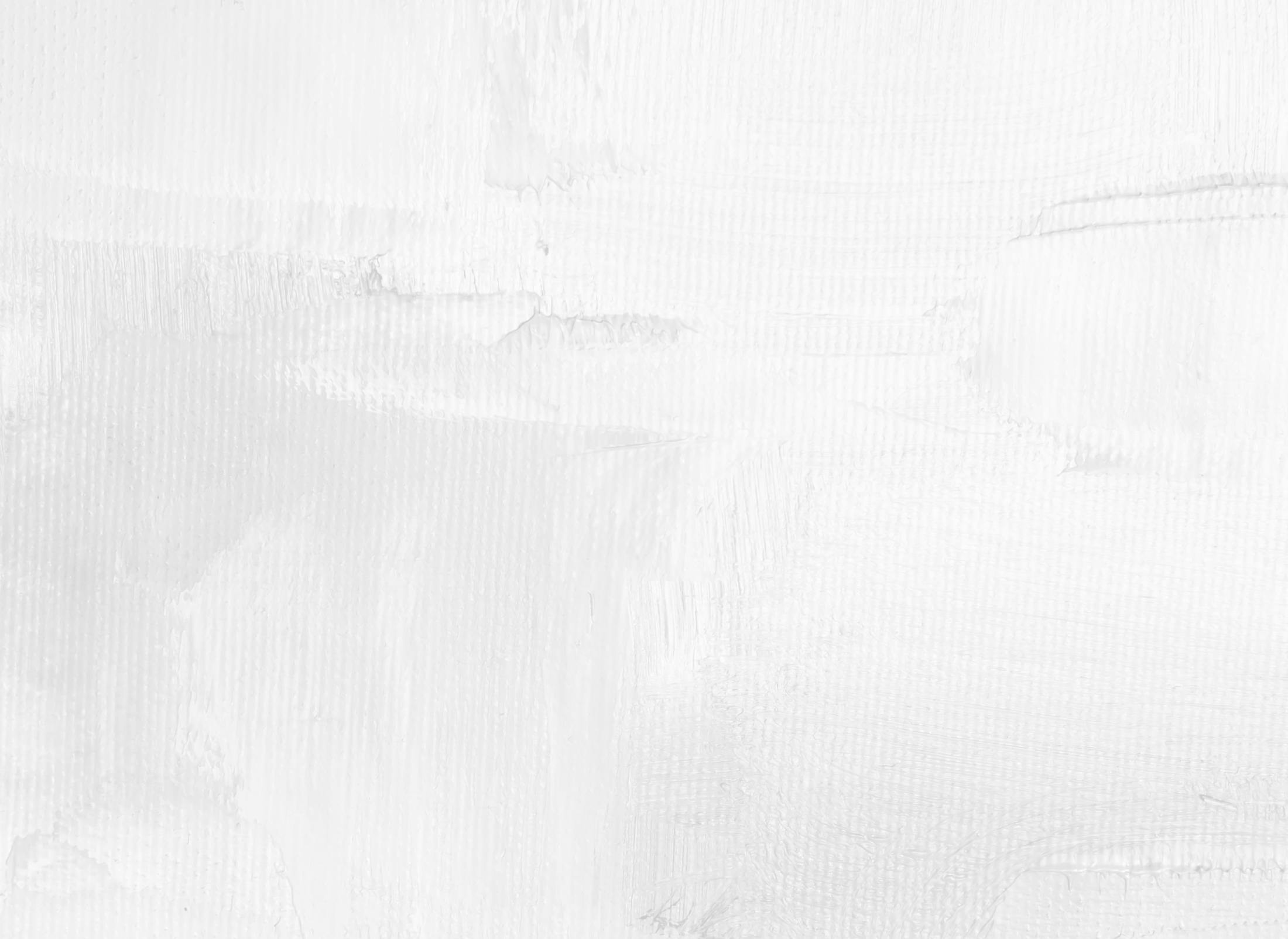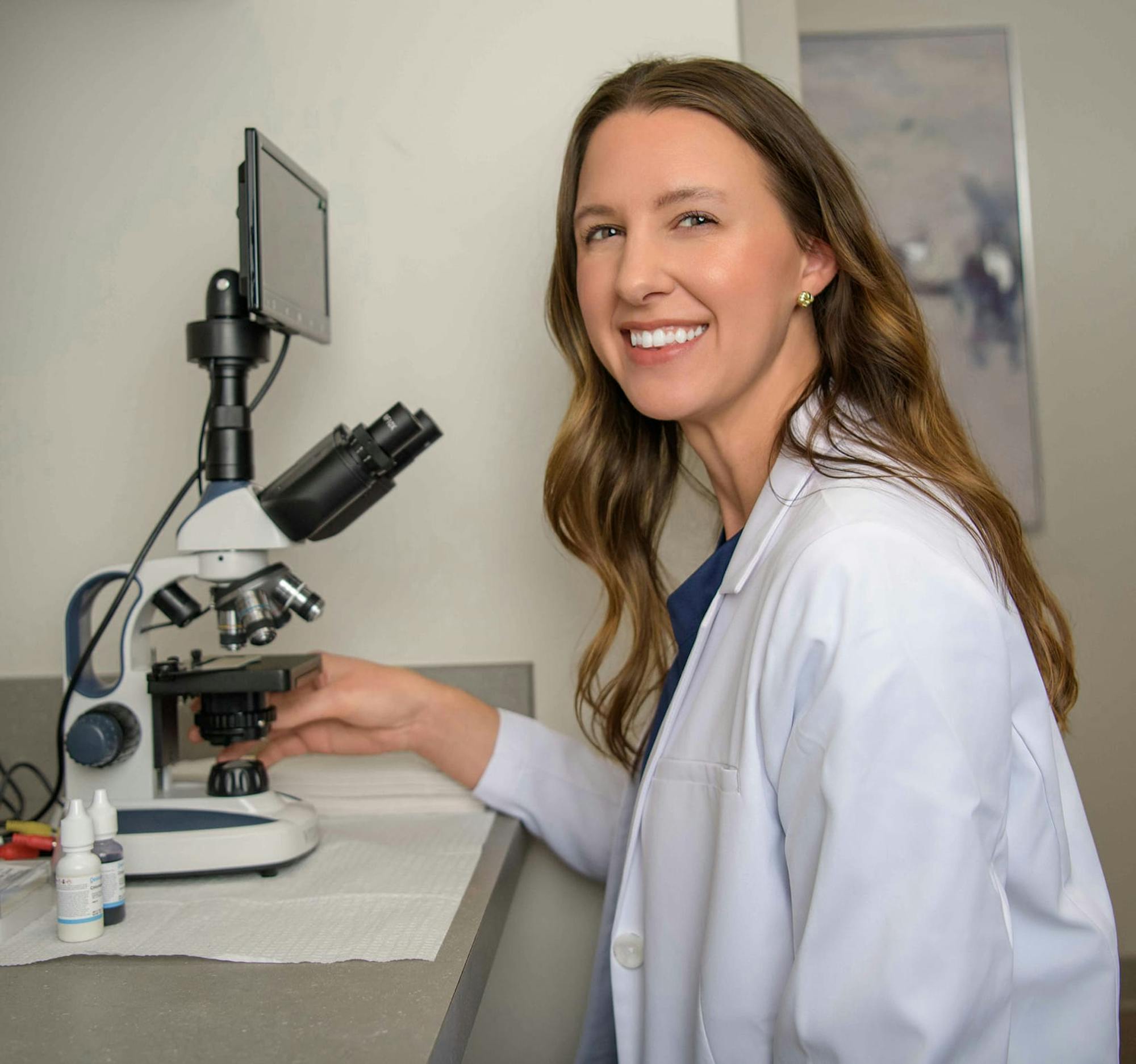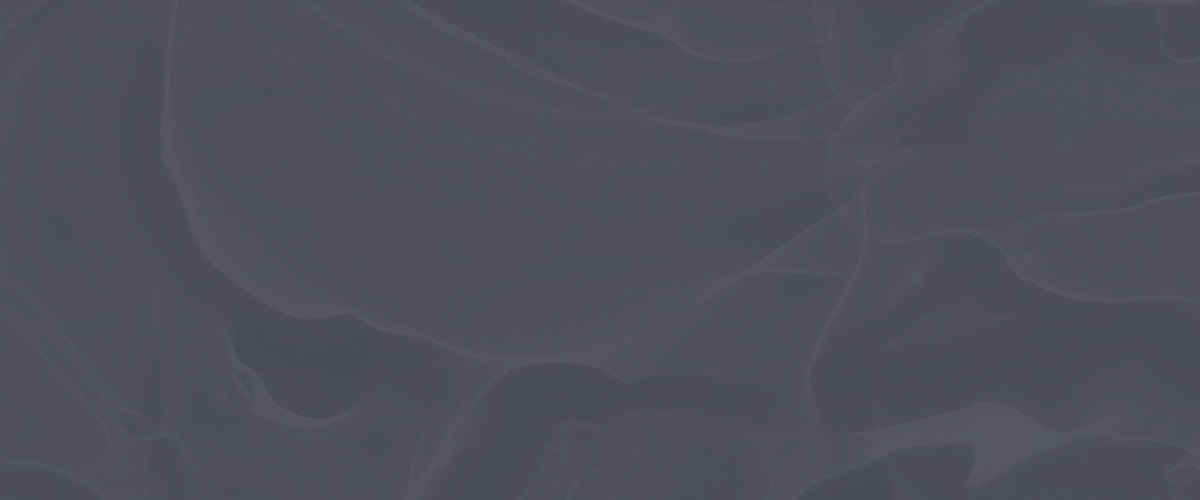Cysts can appear anywhere on the body and often cause discomfort, inflammation, or cosmetic concerns. Surgical excision is a reliable, long-term solution for completely removing cysts and preventing recurrence.
Understanding Cyst Excision
Cyst excision is a minor surgical procedure used to remove fluid-filled or semi-solid sacs from beneath the skin. Unlike drainage methods, excision involves removing the entire cyst wall, reducing the likelihood of recurrence. The following are some of the most commonly treated cysts:
- Epidermoid Cysts: slow-growing, non-cancerous bumps often on the face or trunk
- Sebaceous Cysts: develop from oil glands, often behind the ears or on the scalp
- Pilar Cysts: found on the scalp and typically benign
- Inflamed or Infected Cysts requiring removal after resolution of acute symptoms









